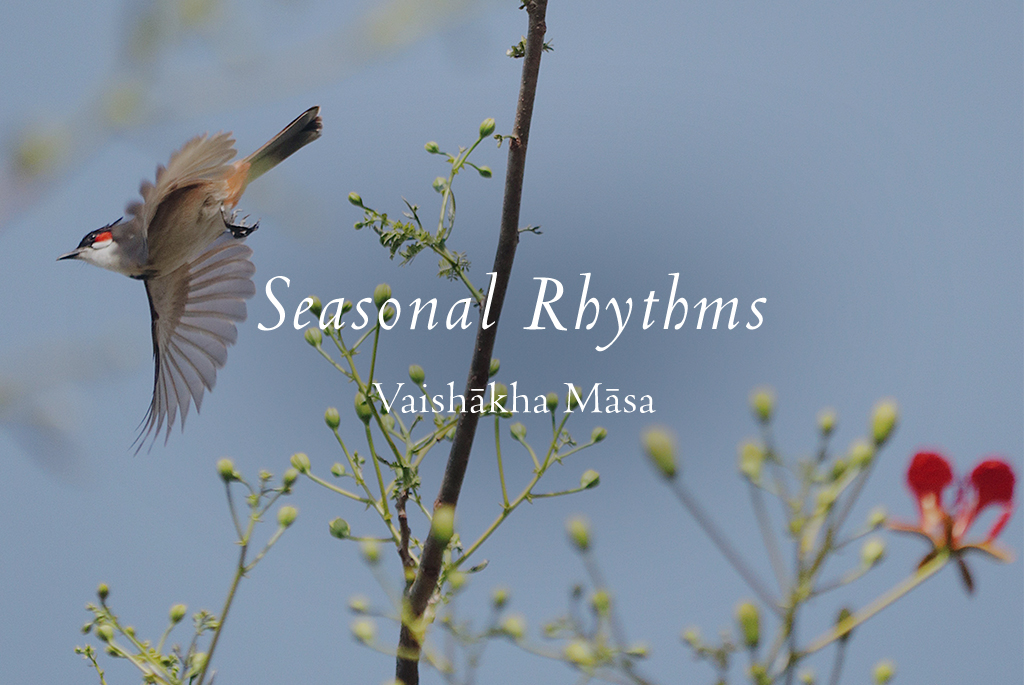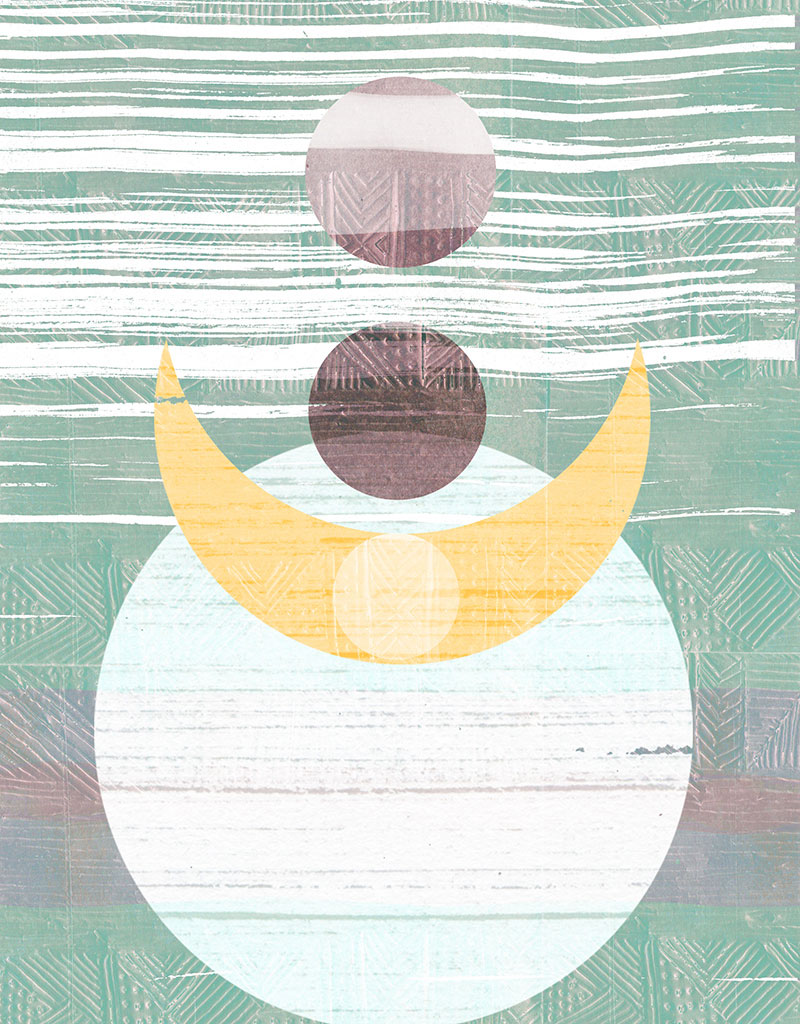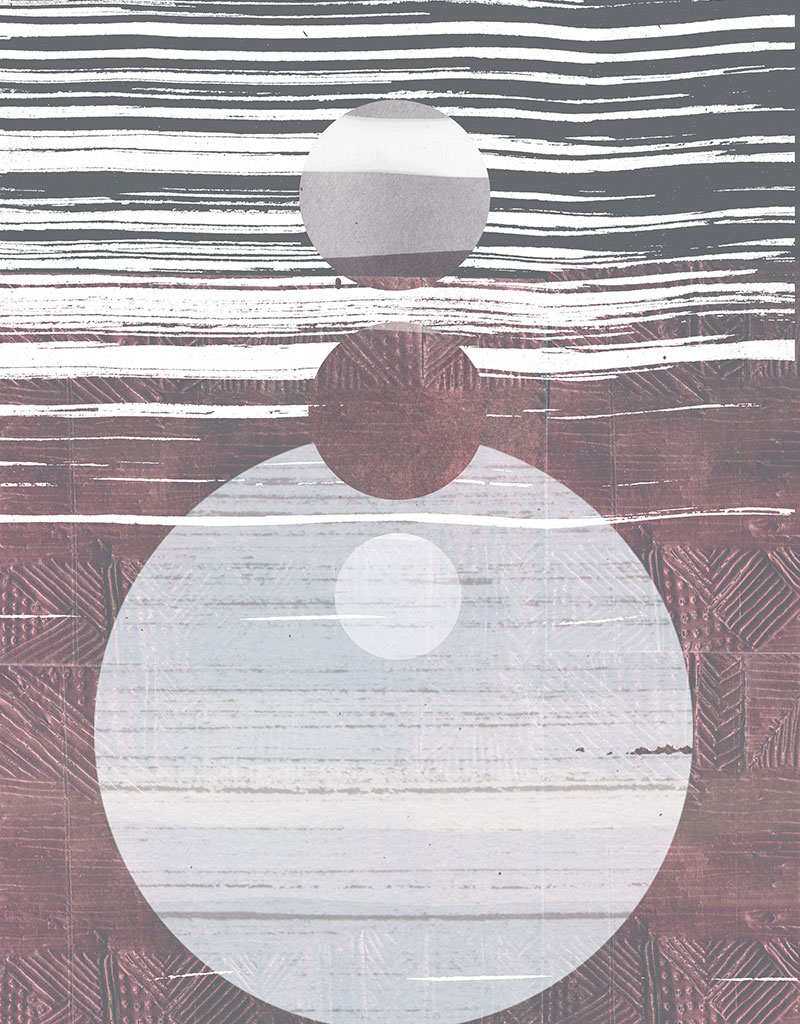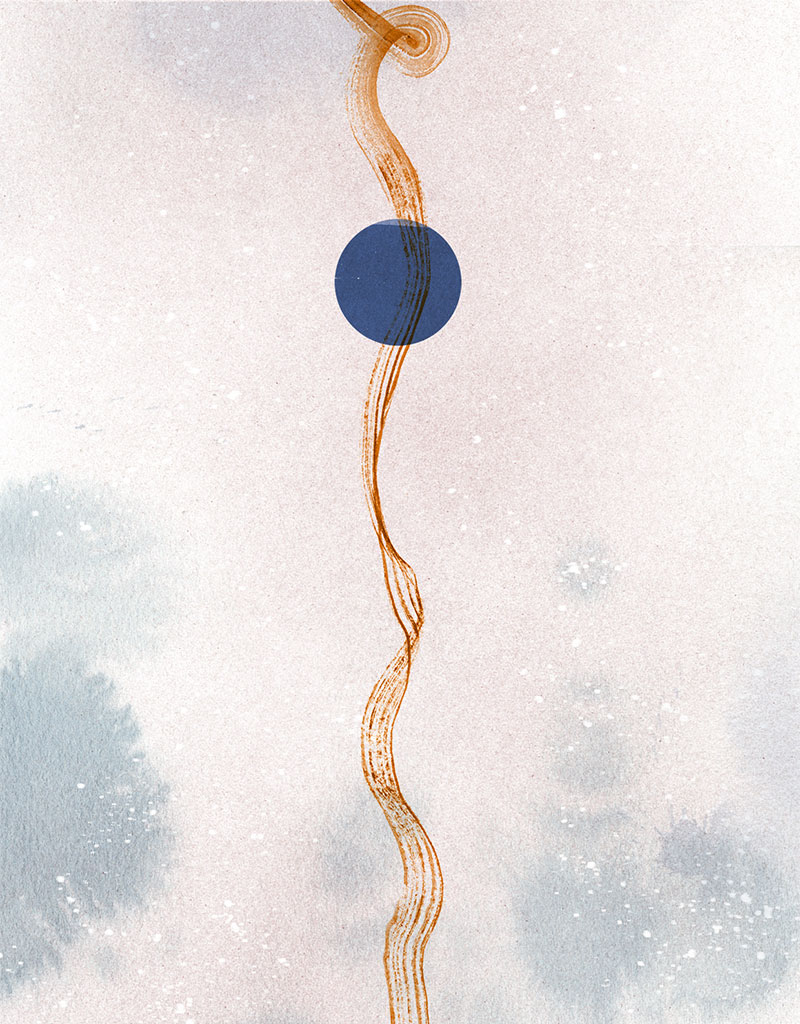Nilakshi Sharma

The male cuckoo, intoxicated
With the wine that is but mango juice,
And aroused, kisses its sweetheart,
And the bee inside the lotus flower
Also starts a buzz melodious
For pleasing its inamorata.
Ritusamharam
Kalidasa
Vaishākha, the second month of Basant rtu, is a month of tender beauty that unfurls all around us in the most beautiful shades; the pale lilac of the Jacaranda blossoms, the flame-coloured blooms of the Gulmohar, the tender reddish-green of new Peepul leaves, the bright green of new Neem leaves, the tender Mango blossoms that now offer us the tart delight of Kairi – raw Mango; and of course the riotously blooming flowers in every colour imaginable. This month begins at the peak of Basant rtu’s beauty. And begins to end with the golden yellow Amaltas blooms that will signal the slow shift towards the next rtu.
Along with the beauty of blooms Vaishākha is a month of movement – all of Spring is characterised by the gentle susurration of leaves as the balmy breeze of Spring blows. The bees buzz from flower to flower and the melody of birdcall fills the air. Everywhere you look there is colour and vitality and freshness.
Basant rtu is the world made fresh after the hibernation of Winter.
Traditionally, the start of the month of Vaishākha māsa was considered to be the time when Basant and its fragrant beauty reaches its peak. In Kathāsaritsāgara, an ancient Sanskrit text, the name Vaishākha is given to a fictional city which is full of splendour and beautiful women. The author is clearly inspired by the season and its fragrant and colourful offerings. Blooming Champaka flowers radiate golden warmth while the delicate Atimukta creepers wind themselves around tree barks in full blossom. In Aśvaghoṣa’s Saundarananda, it is in this season of beauty that a young Nanda sets out to follow the path laid by Buddha, leaving behind his wife. However, on the way he is tormented by his wife’s memory every time he looks at the beauty of Basant. Once, looking at the Atimukta creeper wrapped around a Mango tree, he gets lost in thought and wonders, “When will Sundarī embrace me like that?” Thus, the beauty of Basant both pleases and torments the lovers.
Basant's Bounty
“Mango trees, their branches lovely
With blossoms, and bending down
With clusters of coppery sprouts that are quivering in the wind,
Now fill all the hearts of maidens
With ardour and excitement.”
Ritusamharam by Kalidasa
Basant offers us a veritable feast of fruits and vegetables. But the two that we should remember to consume at this time are sour Amla and raw Mangoes or Kairi. Both offer the sour and astringent tastes that are recommended for this season.
- Raw Mango or Kairi, which becomes abundant in this season, is excellent for your body. It offers a boost of vitamin C and vitamin B which helps with heart health, prevents dehydration by helping with sodium and other mineral imbalances in the body, stimulates the digestive system and helps with constipation and liver health. Here are two traditional and delicious ways to have raw mangoes.
Aam Panna: A traditional summer drink, Aam Panna offers the body vitamins and minerals while also helping it cope better with the increasing heat.
Kairi Chutney: Raw Mango chutney is a delicious accompaniment for any meal. Here is one simple recipe: 1 Raw Mango: peel and roughly chop the flesh + Coriander: Wash and roughly chop a handful of fresh Coriander leaves along with stems + Mint: Wash and roughly chop a few Mint leaves + Juice of 1 Lemon + Green chillies, Rock Salt & Roasted Cumin seed powder as per taste & a generous pinch of Hing (Asafoetida). Blend everything together adding a little water if required. Refrigerate and enjoy.
- Similarly, you can find different ways to include the tart taste of Amla in your diet. It offers numerous health benefits as per both Ayurveda and allopathy. It is amongst the richest sources of vitamin C, which in turn boosts immunity. Amla is rich in both antioxidants and anti-inflammatory properties, both of which can enhance liver functioning. Amla has an even better impact on our digestive health. It is also known to help our heart health by reducing cholesterol levels. Last but not least, Amla is known to improve hair health and skin elasticity.
You can eat it raw if you like the taste or you can make a pickle of it. Here are two other ways to consume Amla daily during this month.
Amla juice: Blend 2 to 3 amla (without the seed) with a little water + a few Curry leaves + a small piece of ginger.
Amla relish: In some parts of India the whole Amla is boiled till softened and then tossed in a tempering of some oil + Mustard seeds, Salt, Turmeric and whole green Chillies. Eat it as an accompaniment to a meal.
- Another great seasonal offering at this time of the year is pure Sugarcane juice. A glass of fresh Sugarcane juice offers us “vitamin A, B12, C, calcium, iron, phosphorous and potassium. It supports both liver and kidney health. As per a nutritionist, the sugar present in sugarcane, in combination with flavones, from glycosides, which have alkaline and anti-inflammatory effects on our body.”
Self Care Rituals
In this season of renewal it is good to lavish attention on our bodies. This is a good time for ensuring that our bodies eliminate the accumulated stagnation of Winter completely. Exercise at this time is highly beneficial. Here are two simple rituals of selfcare that can help with elimination of accumulated Kapha but also offer other benefits.
- Barefoot walks: Walking barefoot on the grass while it still wet with morning dew is a beautiful way to start the day. While the walk offers the benefits of exercise, walking barefoot on the grass is also a way of drawing into yourself the grounding and centring energy of the earth element. Moreover, as per Ayurveda, barefoot walks in the early morning are very beneficial for eyes.
- Dry Powder Massage: A weekly dry powder massage with just Triphala powder is an excellent way of encouraging our body’s drainage process. It kindles both, our digestive Agni and the Agni in our skin. Ensure you are in a warm room rather than a cool one for this massage. Take a handful of the powder and massage in brisk circular motions. Start with the feet and move upwards. Follow the massage with a steam bath if possible or else rinse the body with hot water. Avoid washing your head and an air-conditioned environment or a very cool environment immediately after your massage and bath. Triphala powder is tridoshic and is suitable for all three doshas – Kapha, Vata and Pitta. This dry powder massage using Triphala can have an energising effect on the body. But please practice moderation. Once a week is good and please discontinue as the days get hotter. Not recommended during Summer.
Caution: Please do not undertake a dry powder massage if you are pregnant or menstruating.
Festivals of Vaishākha
Akshaya Tritiya, which is also known as Akha Teej, falls on April 30. It is thought to be a very auspicious day, which brings good luck and success. It is highly regarded as being a good day for starting any project or work. The word Akshaya means ‘that which never diminishes’. Thus, it is also considered an auspicious day for spiritual practices that will grow but not diminish. With the same sentiment it is also considered good to buy gold on this day.
Buddha Purnimā falls on May 12. This day is celebrated as both – the birth anniversary of Gautama Buddha and as the day on which he attained enlightenment in Bodh Gaya. With this beautiful Full Moon, the month of Vaishākha and Basant rtu both come to a close.
May the moonlight of Buddha Purnimā bring beauty and wisdom into your life.





